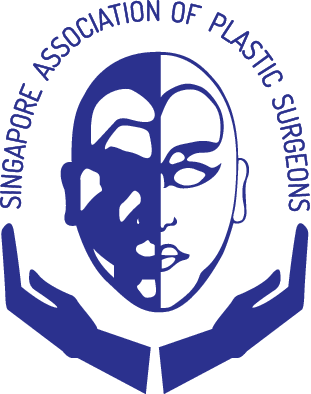RHINOPLASTY
Dr Chia Hui Ling
Rhinoplasty is surgery to alter the form and / or function of the nose. Apart from improving the aesthetics of the external nose, a rhinoplasty can also straighten a deviated nose to correct nasal obstruction.
How a rhinoplasty can improve the form and aesthetics of the nose:
- Change the height of the nose bridge (dorsum)
- Change the height and shape of the nose tip
- Remove a nasal lump
- Alter the appearance of the nostrils
- Change the width of the base of the nose
- Straightening a deviated / crooked nose
Ways a rhinoplasty can improve the function of the nose:
- Straightening a deviated septum to improve nasal airway
- Opening up a narrowed airway
TREATMENT
Have a thorough discussion with your plastic surgeon, including your surgical goals, medical conditions, drug allergies, medications and previous surgeries. Expected outcomes, risks and other treatment options should be explained to you.
COMPLICATIONS AND MANAGEMENT
Risks of a Rhinoplasty include:
- Bleeding
- Infection
- Asymmetry
- Unsatisfactory change in nasal and nostrils shape
- Nasal blockage
- Skin numbness (temporary or permanent)
- Asymmetrical results
- Unfavorable scarring
- Need for revision surgery
